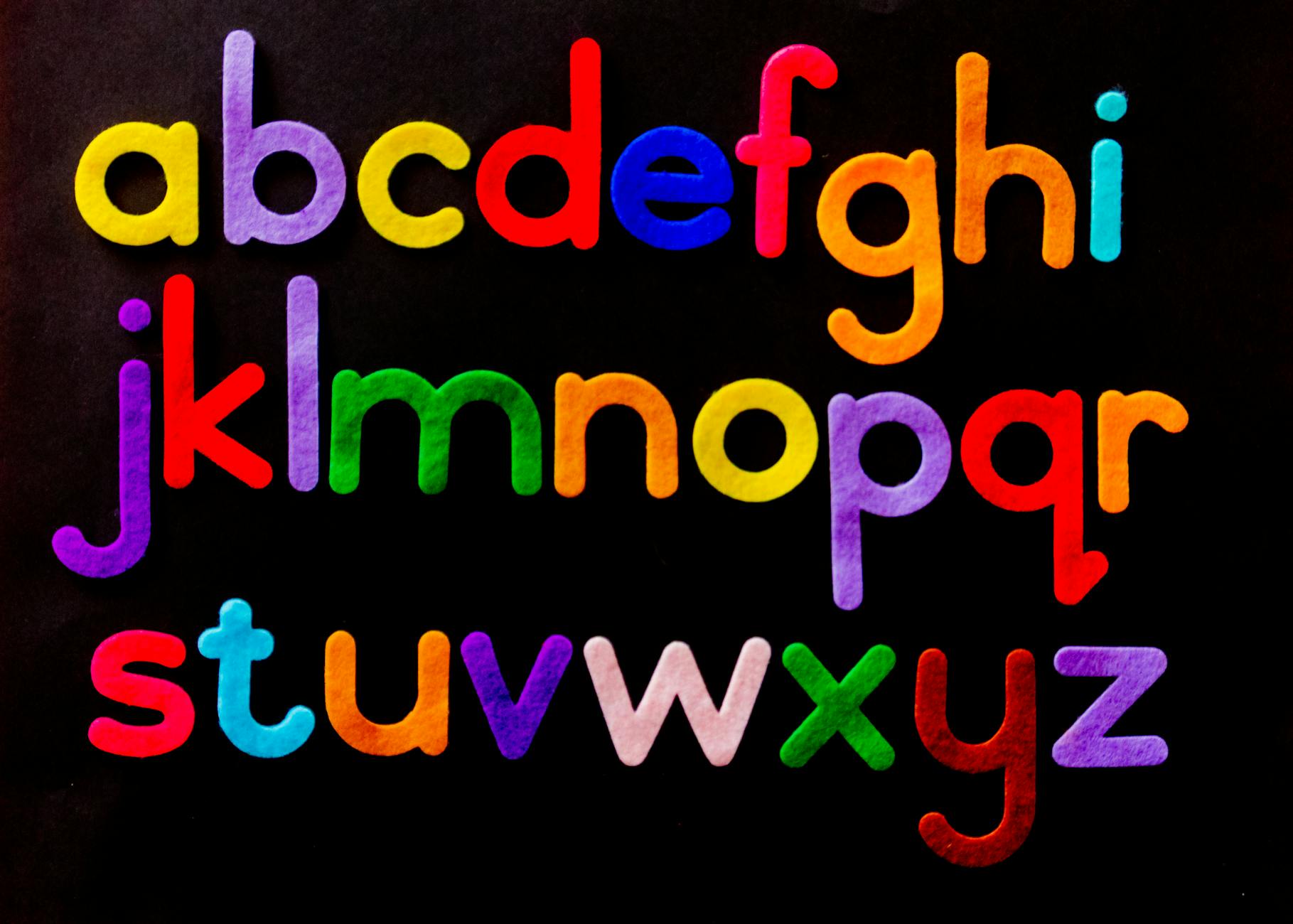Easy for Everyone to Read! Mastering Text Layout for Better Web Accessibility
Designing accessible text for the web isn’t just about adjusting font size or color. How information is laid out—its structure and presentation—plays a major role in readability.
For people with visual impairments, seniors, individuals with cognitive challenges, and anyone viewing content on a mobile device, a clear, easy-to-read layout significantly impacts the quality of their experience.
This article walks you through the key principles, design techniques, and practical examples to enhance your text layout for improved web accessibility.
1. How Text Layout Affects Accessibility
Poor Information Structure Makes Comprehension Difficult
If paragraphs and headings aren’t placed correctly, users of screen readers may struggle to grasp the page’s structure and find key information.
Poor Layout Causes Users to Drop Off
Overly long sentences, cramped text with no margins, and unstructured blocks of text can frustrate users—leading them to abandon the page before finishing.
Design Must Support Diverse Users
Websites are accessed by people with presbyopia, fluctuating attention spans, or difficulty moving their gaze. Thoughtful layouts can make information more accessible for all.
2. Key Principles of Accessible Text Layout
1. Keep Paragraphs Short
- Ideally, limit paragraphs to 3–5 lines
- Break up long sentences and avoid excessive use of commas
- Stick to one topic per paragraph for better understanding
2. Use Proper Heading Structure
- Use heading tags from
h1toh6in correct logical order - Structuring content with headings helps screen readers understand the page hierarchy
3. Use Lists and Bullet Points
- When listing multiple items, use unordered (
<ul>) or ordered (<ol>) lists - If a sentence gets too long, consider organizing the content into a bullet list
4. Optimize Line Length and Spacing
- 40–80 characters per line is considered ideal (for Japanese text)
- Set line spacing (
line-height) to 1.5–1.8 times for a more relaxed reading experience
5. Align Text Properly
- Left alignment is best
→ Justified text can create awkward spacing and hinder readability
3. Enhancing User Experience Through Layout Design
Clearly Separate Sections
- Use background colors, borders, or white space to create visual groupings
- Helps users quickly navigate to the information they need
Clarify Relationship Between Text and Visuals
- Always include alt attributes for icons and images
- Place captions or descriptions close to the relevant visuals
Ensure Responsive Design and Prevent Layout Breaks
- On mobile devices, ensure text doesn’t overflow beyond screen width
- Use CSS properties like
word-breakandoverflow-wrapto manage wrapping and line breaks effectively
4. Real-World Examples of Accessible vs. Inaccessible Text Layout
❌ Poor Example: Hard-to-Read Layout
<h1>Product Features</h1>
<p>This product is high-performance and easy to use, multifunctional and convenient. Also, the design is sleek, making it suitable for both office and home environments. Furthermore, it uses environmentally friendly materials, so you can use it with peace of mind.</p>
- Paragraph is too long
- Sentences are packed together and hard to read
✅ Good Example: Clean, Readable Layout
<h1>Product Features</h1>
<p>This product features a high-performance, user-friendly design.</p>
<p>Its multifunctional and stylish look makes it perfect for both office and home use.</p>
<p>It also uses eco-friendly materials, ensuring peace of mind.</p>
- Paragraphs are split appropriately for readability
- Information is organized sentence by sentence
5. Conclusion: Layout Choices Impact Information Accessibility
Text layout that prioritizes web accessibility directly affects how easily users can access and understand information. Small tweaks can make a big difference.
